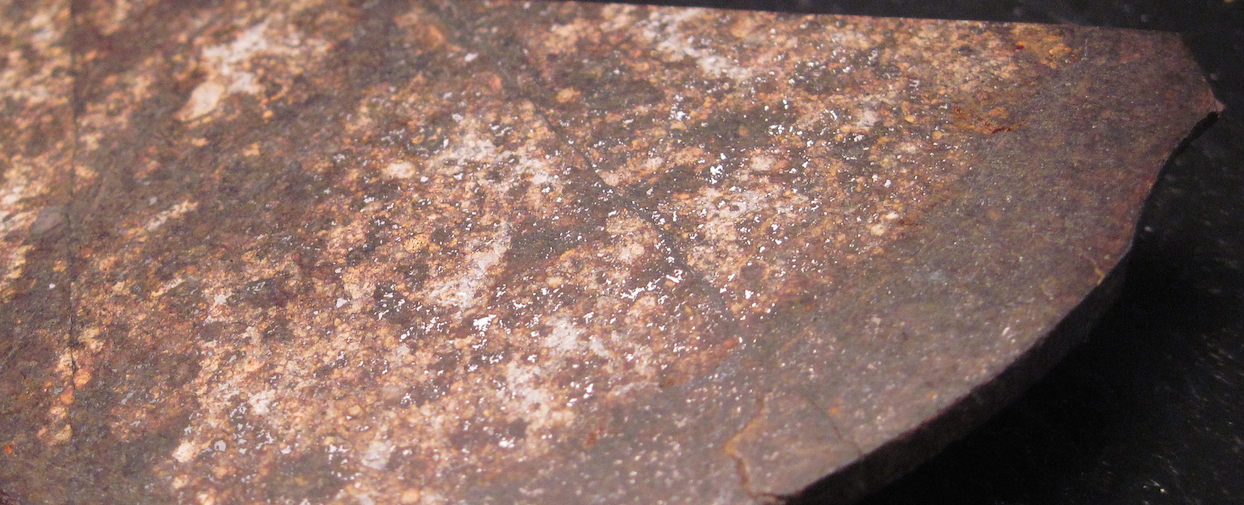New Scientist
Image: jtaylor14368
Scientific accolades don’t get much bigger. Percy Bridgman, an American physicist active during the first half of the 20th century, has just had one-third of the planet named after him, although it’s a chunk of Earth that we will probably never see.
Earth’s lower mantle is largely composed of magnesium iron silicate, in the form of a mineral with a perovskite crystal structure. Given that the lower mantle is about 2000 kilometres thick, this mineral makes up 38 per cent of Earth’s entire volume, so it is easily our planet’s most common mineral.
It is surprisingly rare at Earth’s surface, though. So rare, in fact, that geologists have struggled to find a natural sample. And the rulebook is strict: a mineral can’t be formally named with no natural sample to describe it.
Now, Oliver Tschauner at the University of Nevada in Las Vegas and his colleagues have finally discovered a sample that meets the criteria, meaning the mineral is nameless no longer. It will now be known as bridgmanite. Read more on newscientist.com…








